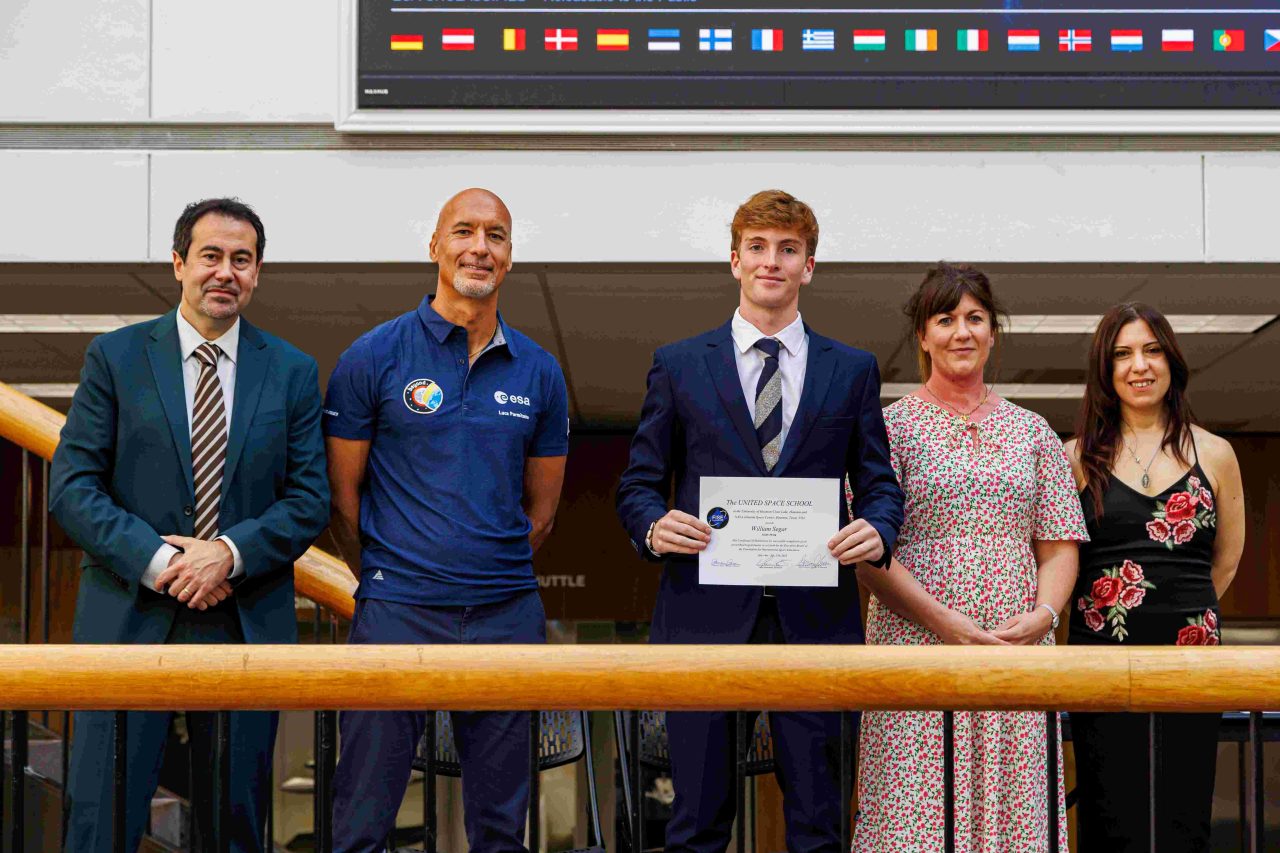One of our very own local students has achieved an out-of-this-world honour, representing South Africa at the prestigious United Space School at NASA in Houston, USA. What an accomplishment!
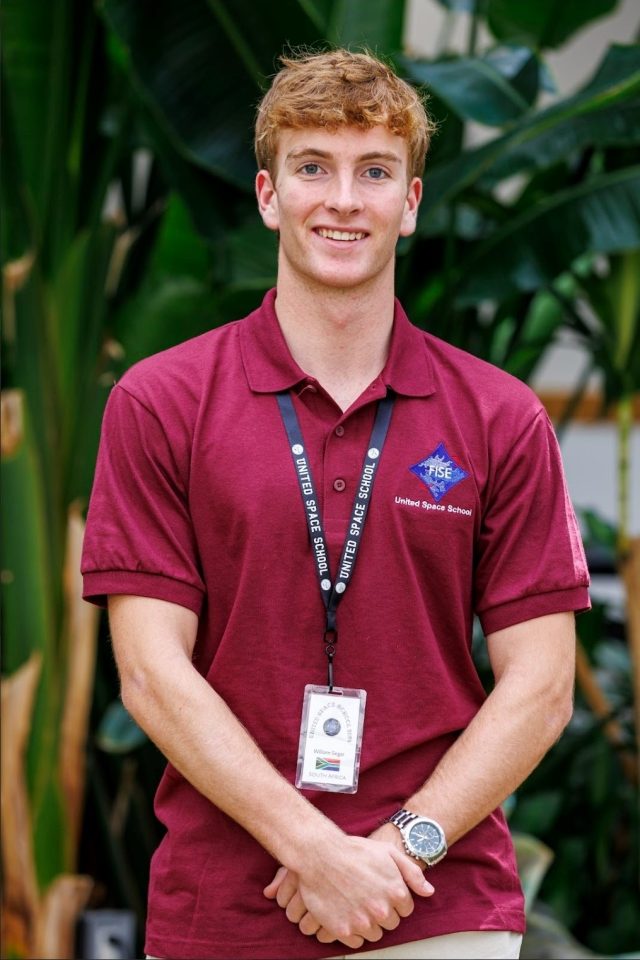 William Segar, a Grade 11 pupil at Hilton College High School, was recently selected to take part in the United Space School programme hosted by FISE (Foundation of International Space Education) at the University of Houston Clear Lake and the NASA Johnson Space Centre in Houston, Texas. The programme ran for two weeks in July, and he was one of 42 students selected from 25 countries worldwide, on an invitation-only basis. Alongside William was Mukondi Sinugo, a Grade 12 pupil from Uitsig High School in The Reeds, Centurion, Gauteng, also proudly representing South Africa.
William Segar, a Grade 11 pupil at Hilton College High School, was recently selected to take part in the United Space School programme hosted by FISE (Foundation of International Space Education) at the University of Houston Clear Lake and the NASA Johnson Space Centre in Houston, Texas. The programme ran for two weeks in July, and he was one of 42 students selected from 25 countries worldwide, on an invitation-only basis. Alongside William was Mukondi Sinugo, a Grade 12 pupil from Uitsig High School in The Reeds, Centurion, Gauteng, also proudly representing South Africa.
The United Space School is an interdisciplinary programme that runs annually and selects high school pupils between the ages of 16 and 18 from participating countries. The pupils are selected based on their proficiency and skill in subjects like Mathematics and Physical Science, along with which, they need to be passionate about space-related sciences and activities. They are also required to complete several preparatory assignments before they arrive in Houston. William’s application included a written application with short questions, one essay, and an interview. He was already an avid student of Mathematics, Physics, and Economics and learned about the programme from previous candidates. “I found out about the United Space School programme through two Hilton boys who were selected and gave talks in previous years. This inspired me to apply,” he shared. While there, he was graciously hosted by a family connected with NASA and the United Space School.
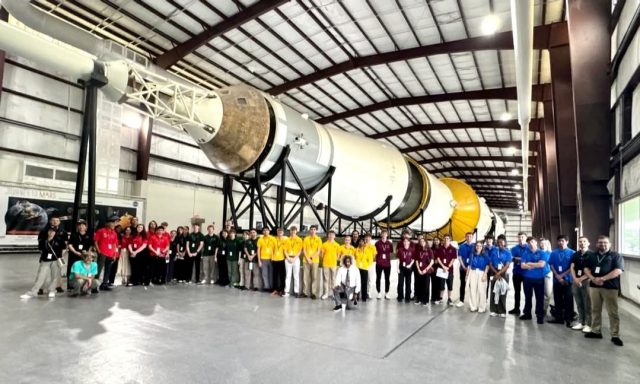 During the programme, the candidates were grouped into several teams, each responsible for the planning, designing, and building of a simulated mission to Mars, which is the Space School’s theme: “A Manned Mission to Mars”. The teams were namely Blue (design the mission science objectives and support equipment), Green (design the Mars surface habitat and keeping the crew healthy and performing), Red (design the transit vehicle, which will transport the crew and mission systems), Yellow (manage mission control and the budget), and Maroon (design the system that will cycle the crew and mission systems between the transit vehicle and Martian surface).
During the programme, the candidates were grouped into several teams, each responsible for the planning, designing, and building of a simulated mission to Mars, which is the Space School’s theme: “A Manned Mission to Mars”. The teams were namely Blue (design the mission science objectives and support equipment), Green (design the Mars surface habitat and keeping the crew healthy and performing), Red (design the transit vehicle, which will transport the crew and mission systems), Yellow (manage mission control and the budget), and Maroon (design the system that will cycle the crew and mission systems between the transit vehicle and Martian surface).
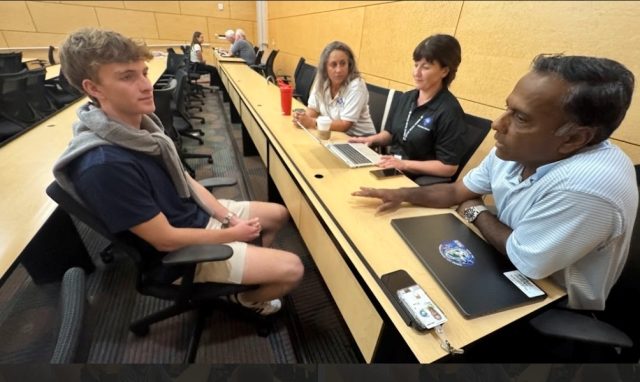 The teams got to work with various professionals in their fields, from astronauts, engineers, and scientists, all currently involved in space exploration. “I was on the Maroon Team, which was responsible for landing, takeoff, and cargo handling while on Mars. We had to balance real-world engineering constraints, legal and financial limitations, and human factors revolving around our landing and launch systems, thermal controls, and numerous other topics. My focus was on emergency systems during landing and launch, but as a team, everyone shifted and collaborated, so we all spent time on every aspect,” shared William. While their project received positive results, they also faced challenging questions, one concerning the simulated mission to Mars set 15 years in the future and how technologies might have evolved and adapted by that time.
The teams got to work with various professionals in their fields, from astronauts, engineers, and scientists, all currently involved in space exploration. “I was on the Maroon Team, which was responsible for landing, takeoff, and cargo handling while on Mars. We had to balance real-world engineering constraints, legal and financial limitations, and human factors revolving around our landing and launch systems, thermal controls, and numerous other topics. My focus was on emergency systems during landing and launch, but as a team, everyone shifted and collaborated, so we all spent time on every aspect,” shared William. While their project received positive results, they also faced challenging questions, one concerning the simulated mission to Mars set 15 years in the future and how technologies might have evolved and adapted by that time.
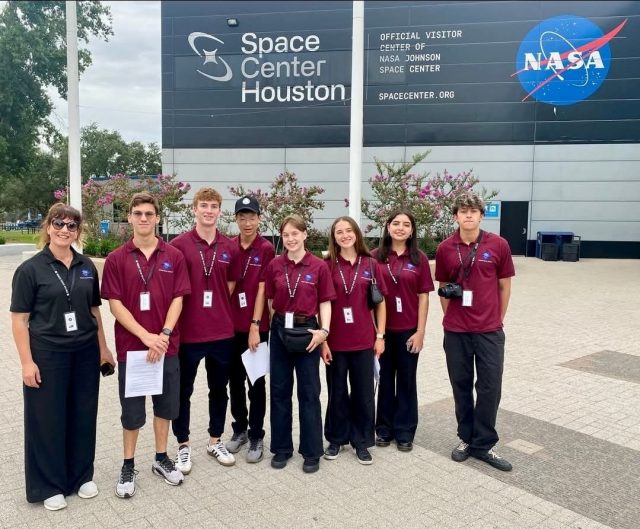 Alongside working on their projects, they also attended lectures and presentations on a variety of themes. Learning from some of the best in their fields. A few of the topics that were part of the space education programme included Life Support and Environmental Systems, Long Endurance Spaceflight, Medical Care during Spaceflight, Physiological Effects on the Human Body in a Weightlessness Environment, Plasma Propulsion Rocketry, Psychological Factors in Long Duration Spaceflight, and Space Business and Law. He recalls one particular “eye-opening” talk by astronaut Sunita Williams, who shared more about life and work on the International Space Station, and dealing with aspects of mental health and hygiene.
Alongside working on their projects, they also attended lectures and presentations on a variety of themes. Learning from some of the best in their fields. A few of the topics that were part of the space education programme included Life Support and Environmental Systems, Long Endurance Spaceflight, Medical Care during Spaceflight, Physiological Effects on the Human Body in a Weightlessness Environment, Plasma Propulsion Rocketry, Psychological Factors in Long Duration Spaceflight, and Space Business and Law. He recalls one particular “eye-opening” talk by astronaut Sunita Williams, who shared more about life and work on the International Space Station, and dealing with aspects of mental health and hygiene.
On a final note, William shared with us how enriching the experience was for him and how much he learned from it: “Being in such an intellectually intense environment with interesting, driven people from all around the world, who have such diverse perspectives to offer, broadened my horizons and inspired me immensely. Discussing journeys and goals with the other students, I was opened up to a variety of experiences and aspirations which I had not previously considered for myself. Now more than ever, I am aiming to go abroad for my further studies, where I could be exposed to unique opportunities, and continue to immerse myself in different parts of the world. Regarding what exactly I wish to study, I am still considering an array of options, which this programme has added to.”
This has been a remarkable achievement, not only for William, his family and school, but for our Midlands community, which continues to reach for the stars, or in this case, Mars!
Fun Facts:
- A day on Mars is only 40 minutes longer than a day on Earth.
- Mars has blue sunsets and orange skies—the opposite of Earth.
- Olympus Mons, on Mars, is the biggest volcano in the solar system.
